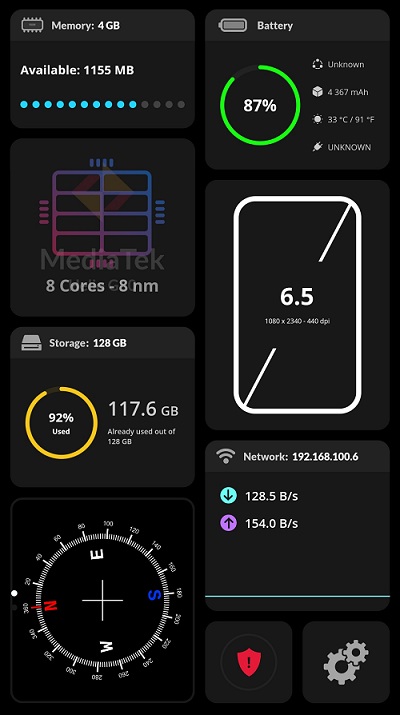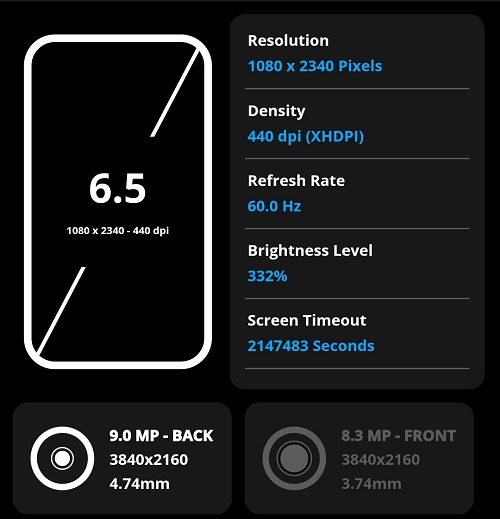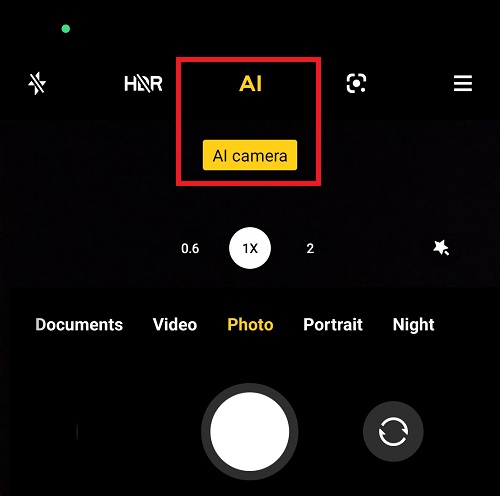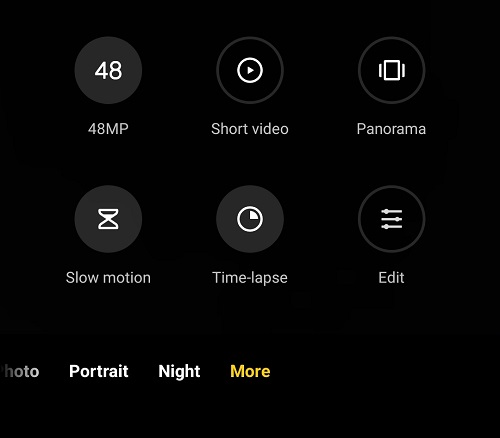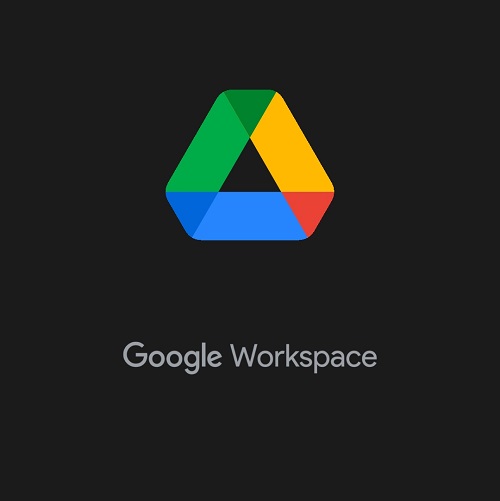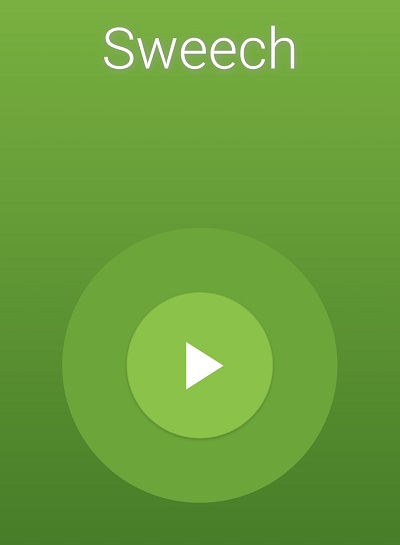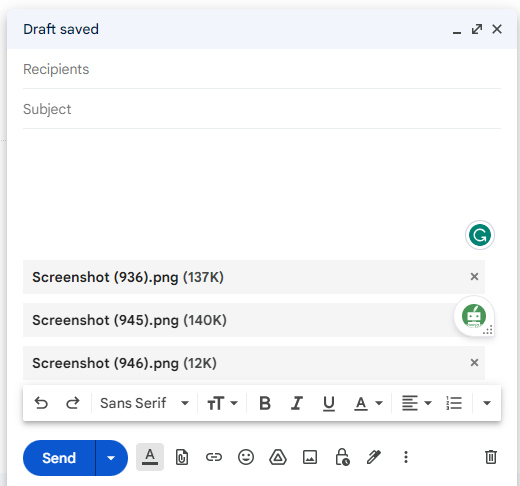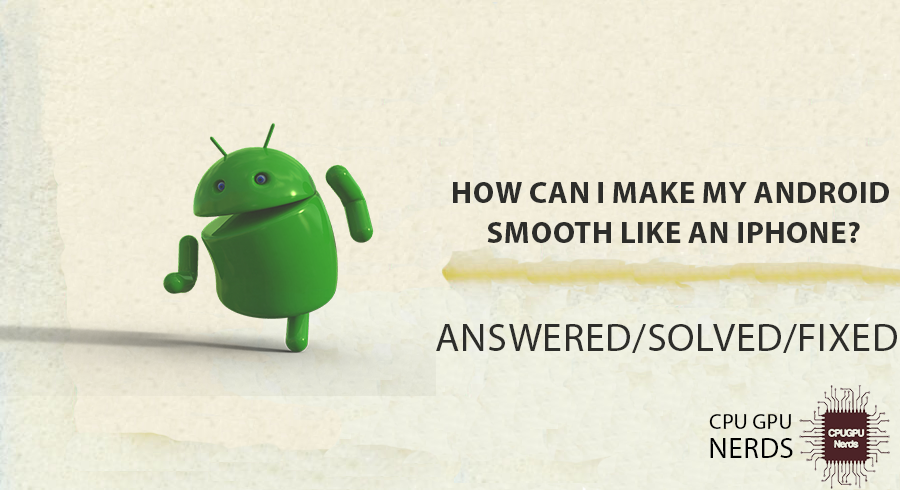Regarding smartphones, Android and iPhone users frequently argue over the relative merits of their various features and functionalities. One place that sparks unique competition is the gap in photography between the two devices.
It’s a common statement among iPhone users that Android pictures tend to appear so badly while being viewed on their devices. This phenomenon may be attributed to numerous elements, which include variations in hardware specifications, software program optimizations, and photo processing algorithms.
In this article, we will explore a number of the critical reasons why Android pictures may also appear less remarkable when viewed on an iPhone.
Why do Android Pictures Look So Bad on iPhones?
This is because of the resolution difference between both devices. Most Android devices have 720p camera resolutions, while iPhone devices with similar specs have 1080p camera resolutions. Android and iPhone use different photo processing algorithms, which may affect how photos look on each device.
Variations can affect color, sharpness, and picture quality. These photo differences are due to Android and iPhone camera software and hardware differences. Here, we have collected some of the essential reasons your Android pictures look so bad on the iPhone.
Hardware Differences
Hardware like camera sensors, lenses, and photo sign processors differ for Android and iPhone devices. These differences can change how colors look, how bright or dark an image is, how sharp it is, and how good it is as a whole. Apple makes its hardware, like cameras, which lets it work better with iOS devices and fit better.
Android hardware is considered low in quality as compared to Apple’s. It is because various companies manufacture Android, and these companies have different standards for their hardware.
Software Processing
Apple’s iOS tends to use extra competitive noise reduction and sprucing algorithms, which can make snapshots act smoother and more unique. On the other hand, Android devices frequently offer a more natural and much less processed look, which a few users consider “worse” compared to the iPhone’s output.
In addition, it is contingent on the capabilities and compatibility of Android, whether it is compatible with the most advanced software.
Color Calibration
The way Android and iOS devices manage color calibration can fluctuate. iPhones are recognized for their correct color representation, with Apple aiming for a more desirable and balanced color profile.
Android devices often show variations in color calibration between special manufacturers and fashions. This difference can affect how accurate the colors are and how good the image looks.
Image Compression and File Formats
Both Android and iOS make use of unique algorithms and document formats for the compression of image data. Because some information may be lost or altered during the compression process, this may result in variations in the image quality, particularly when images are shared between different devices or systems.
Lens and Camera Hardware Differences
There are different kinds of camera sensors and lens arrangements on Android devices. Each has its pros and cons. The differences in hardware, such as the lens quality, the sensor’s length, and the aperture, can affect the level of detail, sharpness, and low-light performance of Android images compared to iPhone images.
Editing Apps
Photo sharing can also be impacted by editing apps for both Android and iOS. Display devices also matter. Because each piece of hardware renders colors, exposure, and aspect ratio, each photograph is unique.
The display characteristics of the device that is used to view a photo can have an impact on the way that the photo appears.
Compression and Social Media Platforms
Extra compression is regularly applied when sharing photos on social media platforms to lessen file size and enhance loading times. This compression can affect the quality of the photograph, doubtless contributing to the variations between Android and iPhone photographs.
Personal Options
It’s crucial to remember that picture quality is subjective, and individual choices can range broadly. Some people might opt for Android photographs’ natural and less processed look, while others might select iPhone snapshots’ enhanced and vibrant appearance. In the long run, it comes down to personal taste and the aesthetic features a person values in their photos.
Why Do iPhones Take Best Pictures?
It is because of advanced camera hardware, optimized software and image processing, seamless integration, deep learning AI, Advanced and smart HDR Advanced, and smart HDR, night mood, portrait mode, and portrait lighting, consistent user experience, and continuous innovation and Iteration
- Advanced Camera Hardware
Apple invests heavily in digital camera technology, equipping iPhones with extremely good camera sensors, lenses, and image signal processors. Combining these hardware additives improves photo quality, color accuracy, and dynamic range.
- Optimized Software and Image Processing
iPhones benefit from Apple’s diligent software program optimization, such as sophisticated photograph processing algorithms. The company’s software program enhances details, reduces noise, and optimizes exposure, resulting in properly balanced and visually appealing pictures.
- Seamless Hardware-Software Integration
Apple designs each of its devices’ hardware and software components, taking seamless integration and optimization among them into account. This combination guarantees that the digital camera hardware and software program work smoothly, maximizing the potential of the iPhone’s camera system.
- Deep Learning and AI
Apple uses deep learning and artificial intelligence (AI) to improve iPhone digital cameras. Through machine learning algorithms, iPhones can crash on and optimize different aspects of photography, such as scene reputation, facial reputation, and item monitoring, which leads to better photo quality and accuracy.
- Portrait Mode and Portrait Lighting
The Portrait Mode function on iPhones allows customers to capture stunning depth-of-field pictures with a blurred background, simulating the effect of a professional camera. Additionally, Portrait Lighting gives diverse lighting fixtures results, permitting users to add studio-like lights to graphics, resulting in professional-looking photos.
- Advanced and Smart HDR
iPhones utilize superior High Dynamic Range (HDR) technology, which mixes a couple of exposures in actual time to capture a much wider variety of information in both highlights and shadows. In addition, the creation of Smart HDR complements the dynamic variety by intelligently studying and merging exposures, resulting in more balanced and accurate images.
- Night Mode
The introduction of Night Mode on iPhones revolutionized low-light photography. By leveraging computational photography strategies and extended exposure instances, Night Mode captures extraordinary information, reduces noise, and enhances color accuracy in dim environments, surpassing the competencies of many other smartphones.
- Consistent User Experience
Apple prioritizes a consistent user experience across its devices. It ensures that the digital camera interface is intuitive, smooth to use, and reachable to all customers, permitting them to capture stunning pictures.
- Continuous Innovation and Iteration
Apple always pushes the limits of how phones look by developing and improving new ideas over time. The company improves the camera’s hardware, software, and features whenever a new iPhone comes out. It raises the bar for mobile photos and sets new business standards.
How to Send Android Photos to iPhone Without Losing Quality?
You can send via cloud storage services, transferring via USB Cable and computer, utilizing file transfer apps, mailing or messaging services, and third-party transfer tools. All these methods lock the resolution of your pictures and transfer them without any compression.
Use Cloud Storage Services
To add the photo from your Android device, use cloud storage services like Google Drive, Dropbox, or iCloud, then download it on your iPhone. This method guarantees the photo stays untouched, maintaining its authenticity except for the transfer duration.
Transfer via USB Cable and Computer
Connect your Android tool to a laptop with a USB cable and switch the photo document to the computer. Then, connect your iPhone to the same computer and use iTunes (for Windows) or Finder (for Mac) to sync the photo to your iPhone. This method ensures an immediate switch to the photo report with no lack of satisfaction.
Utilize File Transfer Apps
Various record switch apps are available on Android and iPhone systems, including SHAREit, Send Anywhere, Sweech, and Xender. These apps use Wi-Fi Direct or hotspot functionality to establish an instantaneous connection among the devices, allowing you to send the photo without compression or quality loss.
Certain third-party transfer tools, which include Wondershare MobileTrans or AnyTrans, provide cross-platform photo transfer abilities. These tools can transfer movies and photos at once from Android to iPhone, ensuring that the photo quality remains intact throughout the process.
Email or Messaging Services
If the length of the photo is within the limits of email attachments or messaging services, you can send it as an attachment or through a messaging app. However, be cautious because some services may compress the photo to reduce its size, potentially affecting its quality.
Some email services also provide additional space, like Google (Gmail) and Google Drive, where you can store and send images via mail.
Conclusion
The perceived difference in photograph quality between Android and iPhone devices may be attributed to a combination of things, which includes hardware versions, software program processing techniques, color calibration, photo compression, and character alternatives.
Android and iPhone cameras have different hardware specifications, leading to versions in color replica, dynamic range, and ordinary photo exceptional. Apple’s iOS applies extra aggressive image processing algorithms, resulting in smoother and extra-specified photographs, while Android devices frequently provide an extra natural and much less processed look.
Differences in color calibration and versions in image compression and document formats also contribute to the disparity in picture quality. Ultimately, personal preferences and subjective beliefs play a sizable role in how individuals perceive the quality of pictures taken on different devices.
When sending files from Android to iPhone without losing quality, using cloud storage offerings, transferring through USB cable and pc, report switch apps, or third-party switch tools are powerful methods to keep the unique photo quality.

Hey, I’m Hammad. I write for this website to help you with the IT advice about PC, RAM, CPU, Motherboard, PSU, and other PC components.
I will provide detailed guides with images, and explain step by step so you can understand the process. Check all my articles here.



